Timer relay wiring diagram:
This diagram shows how to make a timer relay wiring diagram. In this circuit, we use TP MCB ( Tripple Pole Miniature Circuit Breaker ), a magnetic contactor with overload, a timer, a switch, a DP MCB ( Double Pole Miniature Circuit Breaker ), and a 3-phase motor. This circuit is very simple and easy to make. If you want to know more details about this circuit please check our youtube video below the post and stay with us for more updates.
Advertisements
Components needed For this Project:
You can get the components from any of the sites below:
- TP MCB 20A [See Buy Click Amazon]
- Magnetic Contactor 40A [See Buy Click Amazon]
- Motor Protector Overload [See Buy Click Amazon]
- 3 Phase Motor (5 HP) [See Buy Click Amazon]
- 8 Pin Timer 220V AC [See Buy Click Amazon]
- Push Button NO Switch [See Buy Click Amazon]
- DP MCB 10A [See Buy Click Amazon]
*Please note: These are affiliate links. I may make a commission if you buy the components through these links. I would appreciate your support in this way!
Advertisements
Components used to make the Timer relay wiring:
The full meaning of MCB is Miniature Circuit Breaker. MCB is an electromagnetic switch or device. If for any reason a short circuit occurs in the supply line or load line (line to line or line to neutral) or in case of overload, the MCB automatically trips and disconnects the main line circuit or household power Connection. TP MCB In Three Pole MCB, Switching & Protection is affected in only Three-Phases and the Neutral is not part of the MCB. 3 pole MCB signifies the Connection of Three Wires for a Three-Phase system R-Y-B Phase. Three-Phase Supply Only Without Neutral.
02. Magnetic Contactor:
A magnetic contactor is an electromagnetic switching device. It is generally used for controlling three-phase motors. The operation of a magnetic contactor is similar to that of a relay, but a relay is used for low-power or low-voltage connections, and a magnetic contactor is used for high-power or high-voltage connections. As soon as the supply is applied to the magnetic contactor coil, its normally open contacts are closed and normally closed contacts are opened and the associated devices are also operated. This is how a magnetic contactor works.
Overload Protection is Protection Against a Running Overcurrent That Would Cause Overheating of The Protected Equipment. Hence, An Overload is Also a Type of Overcurrent. Overload Protection Typically Operates on an Inverse Time curve where the Tripping Time Becomes less as the Current Increases. This Overload Protector is an Essential Component for Many Sockets. The Top-Quality Overload Protector can Effectively Protect Electrical Products from Power Surges.
04. Timer:
A timer is a type of time-switching device that controls and controls electrical circuits and electrical and electronic devices through time setting (on/off). The timer is basically 8-pin. Like other controlling devices the timer has a coil and when this coil is magnetized, the timer works on/off. The timer has two common ends and each common end has normally close and normally open options. When the timer is set by time, the timer trips at the end of that time and turns the common’s normally closed (on) to open (off) and normally open (off) to close (on). This is how the timer works.
NO (Normally Open) Terms Refer to a Type of Dry Contact or Wet Contact. A ‘Push to Make’ Switch Allows Electricity to flow Between its two contacts when held in. When the button is released, the Circuit is broken. This type of Switch has also known as A Normally Open (NO) Switch. As its name implies, a Normally Open (NO) Switch Contact or “a Contact” is a Switch. Put very simply, a Normally Open Sensor will have no Current When in a Normal State But When it Enters an Alarm State it will have +5V applied to the Circuit.
06. DP MCB:
DP MCB In Two Pole MCB, switching & protection is affected in phases and the neutral. A Double Pole or DP Switch is a Switch that Controls two Circuits at the same time. In terms of Residential Switching, this Normally means it Switches the live and Neutral at the same time. In Layperson Terms, Double Pole switches or DP Switches are Exclusively Designed to Control two Different Electrical Circuits at the same time, which allows the Appliances to Isolate in a safe and reliable manner. Fan or light Combinations and Medical Equipment are some of the many applications for DP Electrical Switches.
A Three-Phase electric motor uses a 3-Phase Power Supply to Convert Electric Energy into Mechanical Energy. It contains four Wires (Three hot Wires and one Neutral Wire) and Uses 3 Alternating Currents of the Same Frequency. Since it Generates a Rotating Magnetic Field, it does not need a Capacitor for the Startup. Some Three-Phase Motors are Reversible, Which Means they can serve as Generators by Turning Mechanical Energy into Electrical Energy.
Thank You for visiting the website. Keep visiting for more Updates.
Frequently asked questions
A timing relay is a simple form of time-based control, allowing the user to open and close the contacts based on a specified timing function.
An ON-delay timer is a type of time delay relay used to control the activation of a circuit diagram by delaying the initiation of current flow. ON-delay timers are typically used in applications where it is important to ensure that a circuit diagram is not activated until after a certain amount of time has elapsed.
All related (32) A timer circuit is an electronic component or system that is designed to control the timing of events. It can be used to turn devices on or off at specific times, measure time intervals, or trigger events after a certain amount of time has passed.
A Timer / Counter module may derive its clock source from the system clock and perform counting operations based on this clock pulse. In this case, it is said to work as a timer or perform time measurement operations.
Timer units are treated as regular system services, so can be managed with the system. Timers could be real-time (being triggered on calendar events) and monotonic (being triggered at a specified time elapsed from a certain starting point).
Read more Single Phase Wiring
What is a kilowatt-hour (kWh) | kwh formula | What does kwh mean
Introduction to Electrical Units and CircuitskW and kWh on your electricity bill As your home uses electricity during...
What is the Difference Between kVA | What does KVA mean | kVA formula
Difference Between KVA ExplainedWhat does KVA Mean? There are technical terms aplenty when it comes to generators, and...
Power Factor | Power Unit | Energy | Electricity Unit
Power factor definition | Calculating Power FactorPower Factor Values In a purely resistive circuit, the power factor...
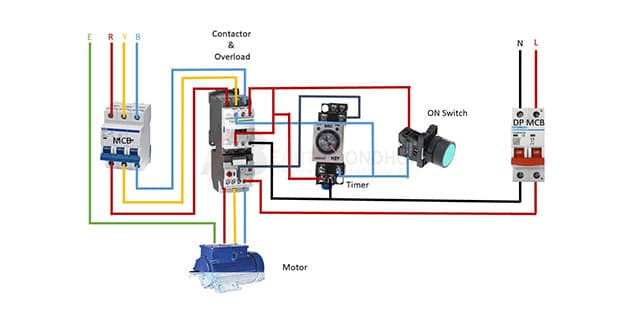
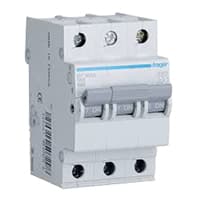
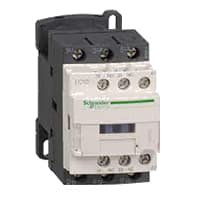
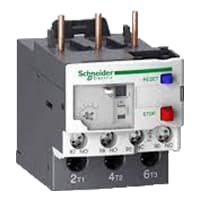

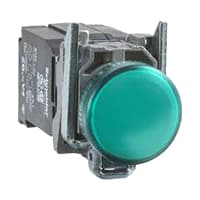

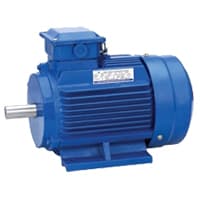
0 Comments